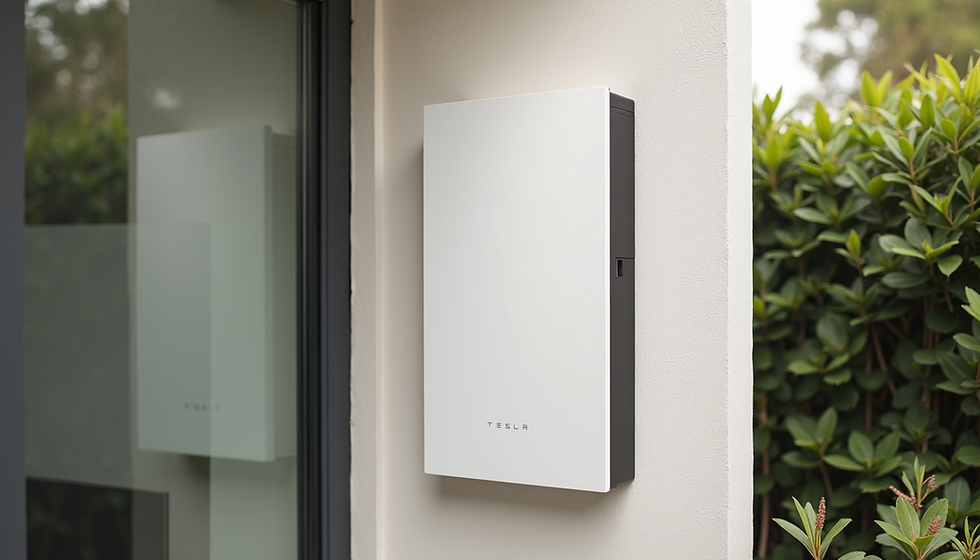The Ultimate Guide to Safety Switches: Protecting Your Home and Family
- Leila Souza

- Oct 10, 2022
- 2 min read
Updated: Dec 29, 2023
Everyone wants to feel safe, especially at home. When it comes to electricity, what keeps your home or company from sudden electric threats is the safety switch.
A safety switch is a crucial device that constantly monitors the electric current flowing through your wiring system. Designed to detect changes in power, it acts swiftly by cutting off the supply in case of leakage or overload. This proactive measure helps prevent potential threats such as electrical shocks, fires, or damages that could harm your employees or family members. This article aims to address the key questions you may have about safety switches, ensuring you have the information you need for a secure living environment.
Here you will find the answer to all the important questions you didn't ask us about safety switches, but we know you've googled it! :)

Circuit Breaker VS Safety Switch - What is the difference?
Your home's electrical safety involves the use of various devices, including safety switches, circuit breakers, and residual current devices (RCDs). Each serves a distinct purpose to safeguard your home's electrical infrastructure. While a circuit breaker protects electronic equipment and wiring, a safety switch focuses on shielding individuals from electric shocks. Interestingly, an RCD essentially provides the same protection as a safety switch, making them comparable in functionality.
What causes a Safety Switch to Trip?
The safety switch reacts to changes in electrical flow, and several issues can trigger it to trip. Common culprits include water infiltrating walls or ceilings, faulty appliances, overloaded power sockets or boards, and defective home wiring.
How to reset a safety switch?
Locating your safety switch in the electricity box on your switchboard is the first step. Look for a switch labelled 'T' or 'Test.' If it's in the "off" or "O" position, flip it to 'on' and observe if it stays in place. If the safety switch reverts to the off position, a faulty appliance may be causing the issue, or the safety switch itself may be defective. In such cases, it is imperative to consult a professional electrician for further assistance.
How often should I test my safety switch?
To ensure optimal functionality, it is recommended to test your safety switch every three months. This routine testing minimises the risk of electrocution resulting from potential electrical faults in your home.
Who can install a safety switch?
Following Australian law, only certified electricians are authorised to install safety switches or any electrical equipment in your home or business. Undertaking DIY electrical projects is strictly prohibited. At Energy Culture, we provide access to highly skilled and certified electricians who can handle your electrical projects reliably, punctually, and sustainably.
Armed with the knowledge presented in this guide, you are better equipped to understand the importance of safety switches and how they contribute to the well-being of your home and family. If you have additional questions or require further assistance, feel free to ask in the comments or contact us directly. Your safety is our priority.




Comments